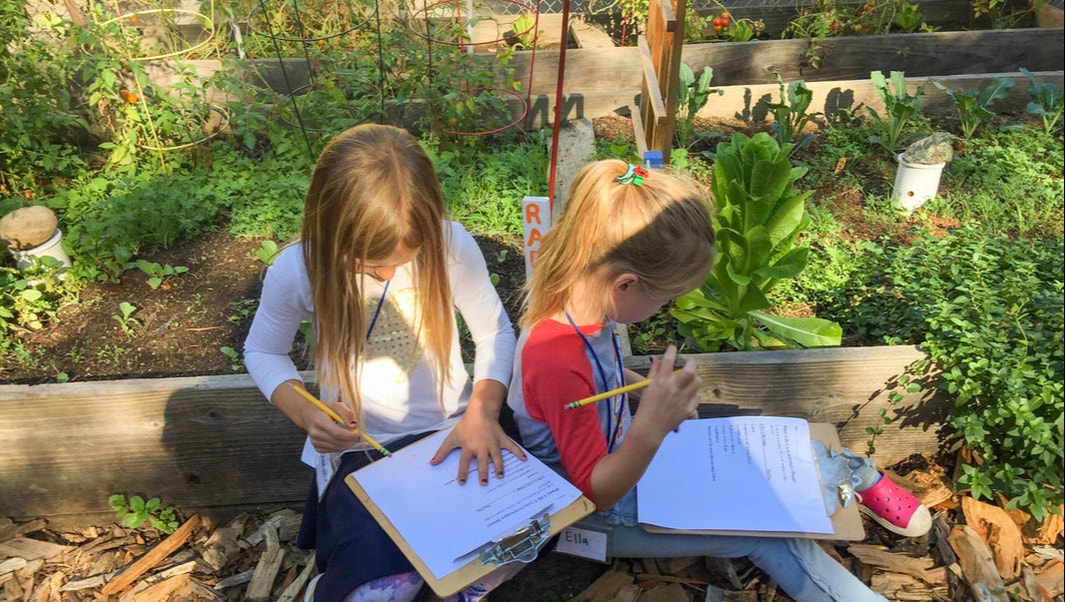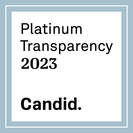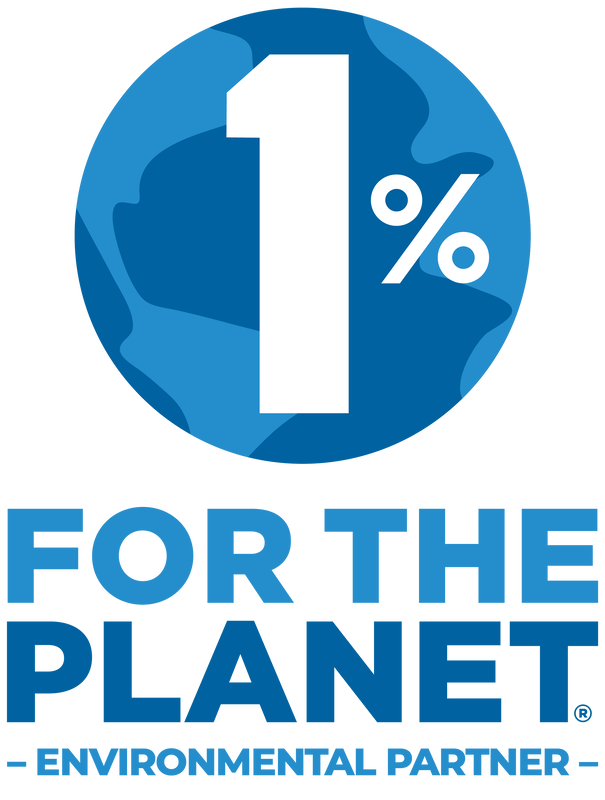|
By George Spencer From my work in schools, I hear the argument over and over that K-5 students cannot hear about climate change, environmental and social justice, or the reality of our world because it "is not age appropriate" or in line with the standards. It comes from everyone: teachers, parents, school administrators. And I get it, it is tough to bring up these incredibly complex and dynamic challenges to young people, especially when we are likely struggling with them ourselves. It can feel overwhelming to plunge into a conversation where we do not have the answers. I wonder, though, if our students and kids don't understand reality, what type of adults are we raising them to become? What if it was okay for us to not always have the answer in the classroom? For us to say: “I’m not sure; let me look into that,” and actually follow up to address their question, introducing them to experts who are already working to address these issues. What if we told our students and our kids, what is actually happening, not to disempower, but to listen and hear what comes up for them? So often, young students, especially, surprise me with their creativity, ingenuity, and imagination. In an interview with STAND.earth, adrienne maree brown told us that "we’re living inside the imagination of someone else.” She describes how conditions of police brutality, systemic racism, and environmental injustice are products of collective imagining, thoughts that have become reality and shaped the world with destruction and violence. I’d argue that the same can be said for the climate crisis. The global degradation of our planet is a result of generations of imagining that unrestricted growth of economies is more important than sustaining our planet’s ecosystems, which we are a part of. Any solutions that we do bring into existence will come similarly, from imagining.
Who better to lead us in this path of imagining than youth, who have the strongest and most uninhibited creativity and imagination. What if we made space in our classrooms to say what is really happening, not shielding them from the truth? What if we heard their ideas, not just to humor them, but to learn ourselves from the imaginative ways they can think to address the current challenges of society? What if we said yes to the discomfort of having these hard conversations in the classroom, knowing that the creativity, problem solving, and solutions that come from them will be the most important imaginations of the next generation? Isn’t that how we will create leaders who are ready to meet these challenges as they grow up and become adults?
1 Comment
Susan Guise
3/19/2021 12:58:12 pm
Are children these days thinking and problem solving free of adult pressure to do it their way?
Reply
Leave a Reply. |
Get In TouchDo you know an environmental leader who should be featured in a story? Reach out to [email protected]. Categories
All
Archives
April 2024
|
Get Involved
|
Contact Us
|
SEI Headquarters
100 Smith Ranch Road, Suite 124 San Rafael, CA 94903 Phone: (415) 507 - 2181 Email: [email protected] States where we work:
Arizona California Colorado Indiana Maryland New Mexico New York New Jersey North Carolina Oregon Washington Virginia |
ConnectSubscribe to the SEI quarterly newsletter to get involved and receive updates
|
SEI is a 501(c)3 nonprofit organization.


 RSS Feed
RSS Feed

